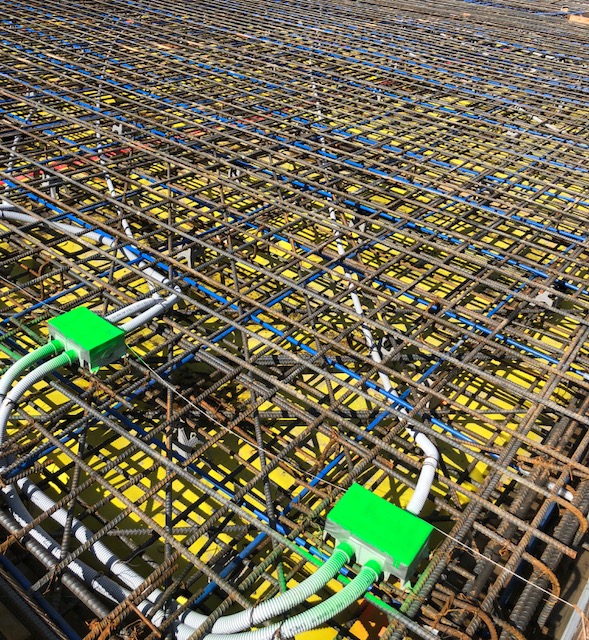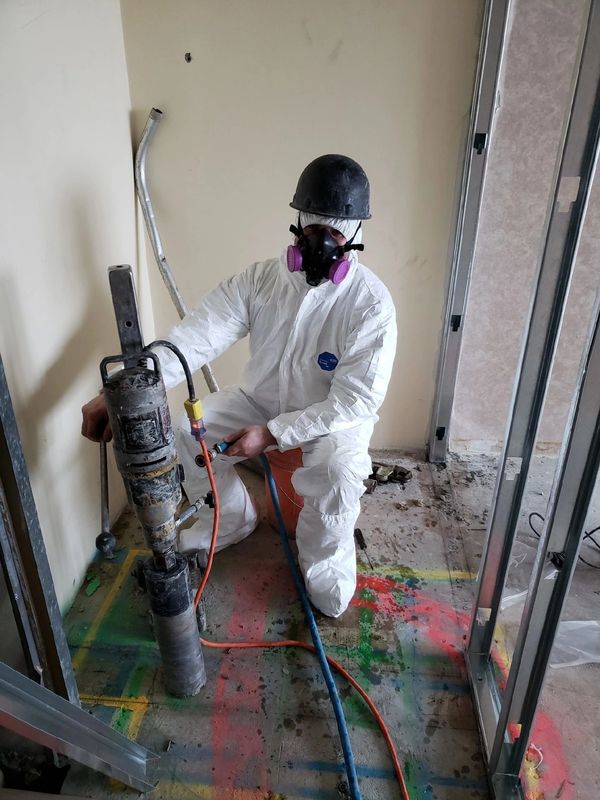Reveal the Transformative Power of Concrete Scanning in Maximizing Efficiency and Safety And Security
Concrete scanning has actually emerged as a vital tool in the building sector, supplying unequaled benefits in enhancing project effectiveness and ensuring security criteria. By making use of innovative technology, concrete scanning permits professionals to see past the surface area, revealing hidden complexities that might influence the structural integrity of a structure. The transformative power of concrete scanning lies in its capability to provide real-time information and thorough insights, transforming just how jobs are planned and implemented. As we dig right into the details of this innovative technique, a globe of possibilities opens, showcasing a brand-new era of building techniques that focus on precision and safety.
Importance of Concrete Scanning
Making sure the architectural integrity and safety and security of construction jobs starts with the crucial action of performing detailed concrete scanning. Concrete scanning is a non-destructive approach utilized to spot and map subsurface elements within concrete frameworks. This process is important in identifying possible risks, such as rebar, post-tension cables, and avenues, that might be hidden within the concrete. By making use of sophisticated innovations like ground-penetrating radar (GPR) and electromagnetic induction, building teams can accurately situate these aspects without causing any damages to the structure.
Additionally, concrete scanning helps in optimizing task timelines and budget plan by staying clear of unexpected costs and hold-ups that might arise due to unforeseen obstructions within the concrete. Ultimately, spending in extensive concrete scanning is a positive method that improves both efficiency and safety in building and construction tasks.
Just How Concrete Scanning Works
Concrete scanning operates as a critical tool in building projects by employing sophisticated technologies to detect and map subsurface components without causing architectural damages. Ground Permeating Radar (GPR) and Electromagnetic Induction (EMI) are two main methods utilized in concrete scanning.
Throughout the scanning procedure, the data collected is examined in real-time, allowing prompt identification of prospective hazards or challenges under the surface area. This information help in decision-making, making certain that construction tasks proceed securely and successfully. Additionally, 3D imaging software application can be used to create comprehensive maps of the subsurface components, further improving task planning and implementation. By using these advanced innovations, concrete scanning considerably minimizes the threat of costly damages and injuries on building sites.
Advantages of Concrete Scanning
One of the key advantages of concrete scanning is the capability to find and find embedded items such as rebar, post-tension cable televisions, and avenues properly. Concrete scanning aids in planning and making a lot more efficiently, as it offers precise info about the place and depth of structural components.

Study: Concrete Scanning Success

In one more instance, a building firm used 3D concrete scanning to analyze the condition of maturing concrete frameworks in a historical building. The thorough scans provided important understandings into the extent of deterioration and aided prioritize upkeep initiatives effectively. By proactively addressing areas of concern determined via scanning, the firm was able to extend the life-span of the structure and make sure occupant safety.
These study highlight the transformative power of concrete scanning in enhancing effectiveness, precision, and safety and security in construction tasks.
Carrying Out Concrete Scanning in Projects
Applying innovative scanning i was reading this technologies during building jobs has become increasingly crucial for enhancing precision and safety and security. By integrating concrete scanning right into task preparation and implementation, building groups can determine prospective dangers, such as rebar or post-tension cords, concealed within concrete frameworks. This aggressive strategy decreases the threat of crashes, hold-ups, and expensive rework, eventually resulting in a lot more reliable task timelines and budget plans.
To implement concrete scanning effectively, task managers ought to collaborate carefully with knowledgeable scanning experts to figure out the most suitable scanning strategies for the certain project needs. Involving scanning experts from the beginning of a project enables the team to create comprehensive scanning strategies that deal with key locations of issue and ensure comprehensive information collection.
Additionally, incorporating concrete scanning into regular job workflows can simplify decision-making processes, as real-time check data provides prompt insights right into the problem of concrete structures - Concrete Scanning. This data-driven approach assists in notified problem-solving and allows teams to make modifications promptly, promoting a culture of efficiency and security throughout the project lifecycle

Final Thought
Finally, concrete scanning plays a critical duty in enhancing effectiveness and safety and security in construction check here tasks. By using innovative technology to discover and map out underlying structures within concrete, this process aids to prevent costly errors, make certain architectural integrity, and minimize risks on site. With the capability to reveal surprise elements and offer accurate information, concrete scanning proves to be an important tool for enhancing task end results and making the most of general success.
Concrete scanning is a non-destructive technique made use of to identify and map subsurface elements within concrete structures. Furthermore, concrete scanning assists in enhancing job timelines and budget plan by staying clear of unanticipated prices and delays that might develop due to unpredicted blockages within the concrete. One notable instance research entails a large renovation project where concrete scanning played an important function in guaranteeing project success.In an additional instance, a building and construction business used 3D concrete scanning to evaluate the problem of maturing concrete structures in a historic building. By incorporating concrete scanning right into job planning and execution, building and construction teams can recognize prospective risks, such as rebar or post-tension cable televisions, concealed within concrete frameworks.